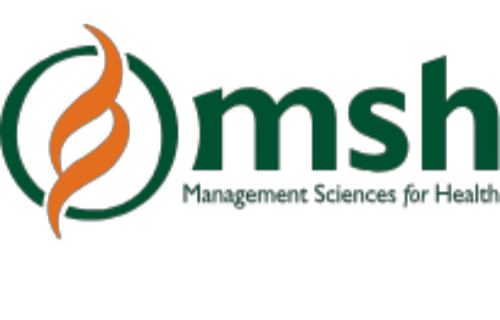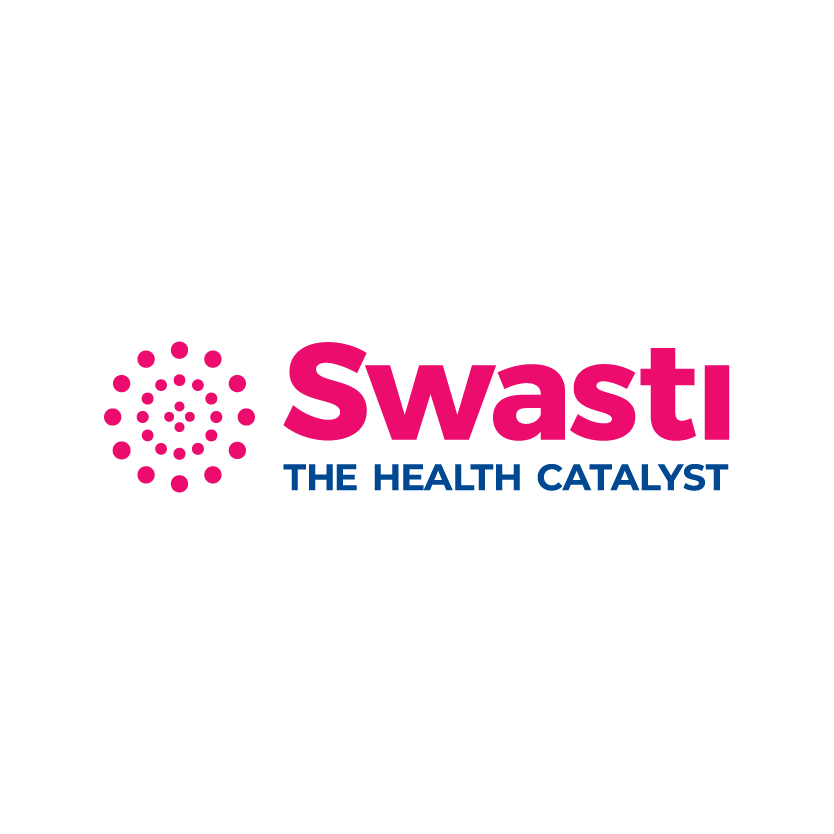Emerging Pandemics


This section presents actionable insights for practitioners from our collaboration of experts.
Analysis
FILTER
BY CATEGORY
View All
Preliminary public health considerations for COVID-19 vaccination strategies in the second half of 2022
05 Aug 2022by European Centre for Disease Prevention and Control 30 MIN READ
This document offers an overview of the available scientific and epidemiological evidence and provides public health considerations to support decisions on the implementation of additional booster doses of COVID-19 vaccine.
Key messages
- In the current post-acute phase of the pandemic, the introduction and emergence of new SARS-CoV-2 variants with increased transmissibility and/or immune escape capacity, together with waning protection against infection and severe disease from natural or vaccine-induced immunity, can result in new waves of virus transmission and surges of COVID-19 cases with a subsequent rise in hospitalizations, ICU admissions and deaths.
- As of 10 July 2022, the overall notification rates of COVID-19 cases in the EU/EEA remain high and have been increasing for the past five weeks. Case rates among people aged 65 years and over increased in 23 of the 27 reporting countries. These increases are still relatively recent, and they signal the start of a widespread wave driven by the BA.4 and BA.5 variants of concern.
- As of 3 July 2022, based on GISAID or the European Surveillance System data, Omicron BA.4 or BA.5 are the dominant circulating SARS-CoV-2 variants (>50%) in 18 EU/EEA countries, and, based on projections, the proportion of all COVID-19 cases due to infection with BA.4 or BA.5 will exceed 95% in most EU/EEA countries by end-July 2022.
- The increasing transmission among older age groups is starting to translate into severe disease, and, as of 10 July 2022, 12 countries reported an increasing trend in either hospital or ICU admissions/occupancy compared with the previous week. At the same time, even though the EU/EEA death rate has remained stable for the last five weeks, the forecast for the period up to 31 July indicates that both case notification rates and death rates will increase.
- As of 10 July 2022, the cumulative uptake of the primary COVID-19 vaccination course in the total population in the EU/EEA reached 72.8%, and 52.9% for the first booster dose. Among individuals aged 60 years and older, vaccine uptake is higher, 90.8% and 83.1% for the primary course and the first booster respectively, but still with significant disparities across EU/EEA countries.
- Currently, 20 countries recommend the administration of a second booster dose, mostly for age groups from 60+ to 80+ years and for long-term care facility (LTCF) residents, with a time interval after the first booster dose varying between three to five months. Approximately 16.5 million second booster doses have been administered so far (data reported to TESSy by 21 countries), the majority among those 60+ (88%), and with a median uptake of 11.6% among 60+ (range: <0.1-59.5%) and 20% among 80+ (range: 0.1-80.1%).
- Published literature indicates that vaccine effectiveness (VE) against severe outcomes caused by Omicron remains high, including among older age groups, with continued strong protection generally around 80−90% around two to three months after receiving the first booster, albeit with the balance of evidence indicating gradual waning after three to six months (VE estimates in the range 53-100%). A second mRNA booster dose restores VE against severe disease, which remains stable for up to 10 weeks, but longer follow-up times are not yet available. Only limited data are available on VE against Omicron sub-lineages BA.4 and BA.5. A preliminary analysis from Portugal suggests that the VE may be reduced against infection with BA.5 as compared to infection with BA.2, while data from South Africa indicate that high VE against severe disease has been maintained during the BA.4/BA.5 dominant period.
- The analysis of severe outcomes of disease among COVID-19 cases having received a first booster dose (TESSy data) shows that hospitalization and death are rare in this group (0.6% and 0.1% respectively); nevertheless, the adjusted risk of hospitalization and death is higher in those who received the first booster dose more than three months previously, older age groups (80+ and 60 to 79) and males.
- Mathematical modeling shows that for countries with an uptake of >40% for the first booster in the whole population, a second booster rollout among 60+ can have a substantial impact on restoring vaccine-induced protection against hospitalization in this population from mid-July to the end of 2022, with an expected median absolute increase of 17% (95% UI 6-34%) on 1 November 2022. For countries with an uptake of <40% for the first booster in the whole population, closing the vaccination coverage gaps of the primary series and the first booster has a larger overall effect than a second booster rollout, with an expected median absolute increase of population-level vaccine-induced protection against hospitalization of 16% (95% UI 10-41%) and 5% (95% UI 1-24%) on 1 November 2022, respectively. Furthermore, an earlier second booster rollout among 60+ in mid-July 2022 results in a larger vaccine-induced protection against hospitalization for the rest of 2022 compared to a later second booster rollout. The benefit in terms of vaccine-induced protection against hospitalization in the population 60+ decreases the more the starting date of the second booster rollout is moved later (we evaluate a starting date in July, August, September, or October).
Related File :
8082938812.pdfCategories
COVID-19
Disclaimer: This website is made possible by the support of the American People through the United
States Agency for International Development (USAID). The Learning4impact partnership is supported by
USAID/India Health Office, under Cooperative Agreement # 72038618CA00001 with Swasti. The
information provided on this website is not official U.S. Government information and does not
necessarily represent the views or positions of USAID, the United States Government, or Swasti.


 EXPLORE DATA
EXPLORE DATA 



























